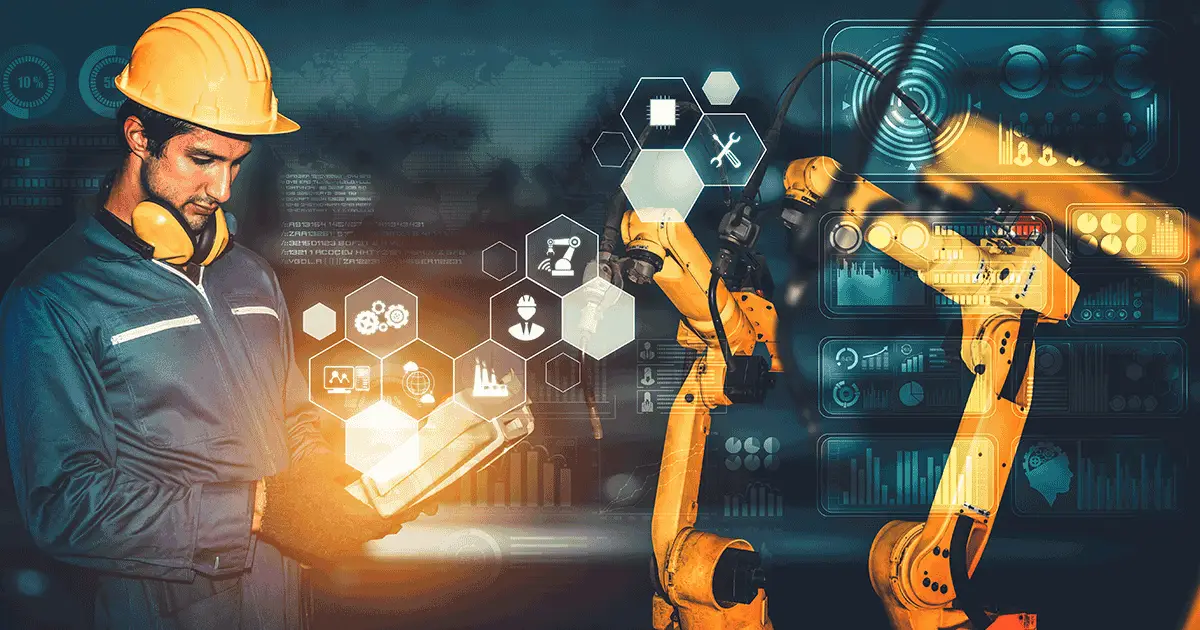Deciding best way to incorporate new and emerging technologies into a manufacturing business can be a tricky task.
Data security, privacy concerns and resistance from workers to learn new ways of working are all common issues employers face. And, this is particularly true in manufacturing, where there is a real fear of automation putting people’s jobs at risk.
However, at Intoware, we believe that the human element of manufacturing is essential. We believe that only by combining real workers with digital technology can the true benefits of automation be achieved.
The workforce needs to sit at the heart of any digital transformation journey and is critical to digitalisation. Their insights and experience should sit front and centre when it comes to creating digital workflows and automation processes. However, this is unfortunately a step that’s often over looked by businesses.
Here are three reasons why putting your team at the heart of your digital transformation project is essential:
1. Invaluable Insights
Before we start work, we encourage all of our customers to gather insights from their employees. This is then used to shape the creation of the automated workflows.
Experienced team members often have their own ways of doing things that can help improve processes during the development phase. Whether it’s time-saving initiatives, record keeping techniques, or ways to boost customer satisfaction.
By involving employees in this process, companies can reap the productivity benefits that come when new technology assists and supports real ways of working. So, they can be assured that the team feels connected and welcomes digital transformation into the working day.
2. Harnessing Expertise
Another important benefit of combining real people with digital automation is the ability to harness the expertise and experience of the workforce. This is particularly invaluable as the older generations retire and leave a skills gap in the manufacturing industry.
These workers have invaluable knowledge and ways of working that they’ve established over years of working with their employer. So, their involvement in the process helps to help train and develop the next generation.
This means employers can rest assured that as the workforce naturally turns over with age, that important knowledge is retained within the team and passed on through the generations. This in turn creates a truly connected workforce that brings the digital and human minds together.
3. React and Evolve
Thanks to an ever-increasing amount of compliance and regulatory requirements within the sector, keeping up with important changes and communicating the impact of these developments throughout the workforce can be a big task.
By getting employees on board with digital workflows from day one of the digitalisation journey you can create a system that not only notifies workers of changes at the touch of a button, but also adds new workflows or tasks to satisfy the requirements, quickly.
Having the team work hand-in-hand with digital workflows allows employees to continually improve and keep up to date with compliance requirements, boosting accountability and bringing the much needed peace of mind. By ensuring humans are at the heart of the process is critical for digitalisation so that everything that needs to be done, is being done in the right way, at the right time.

